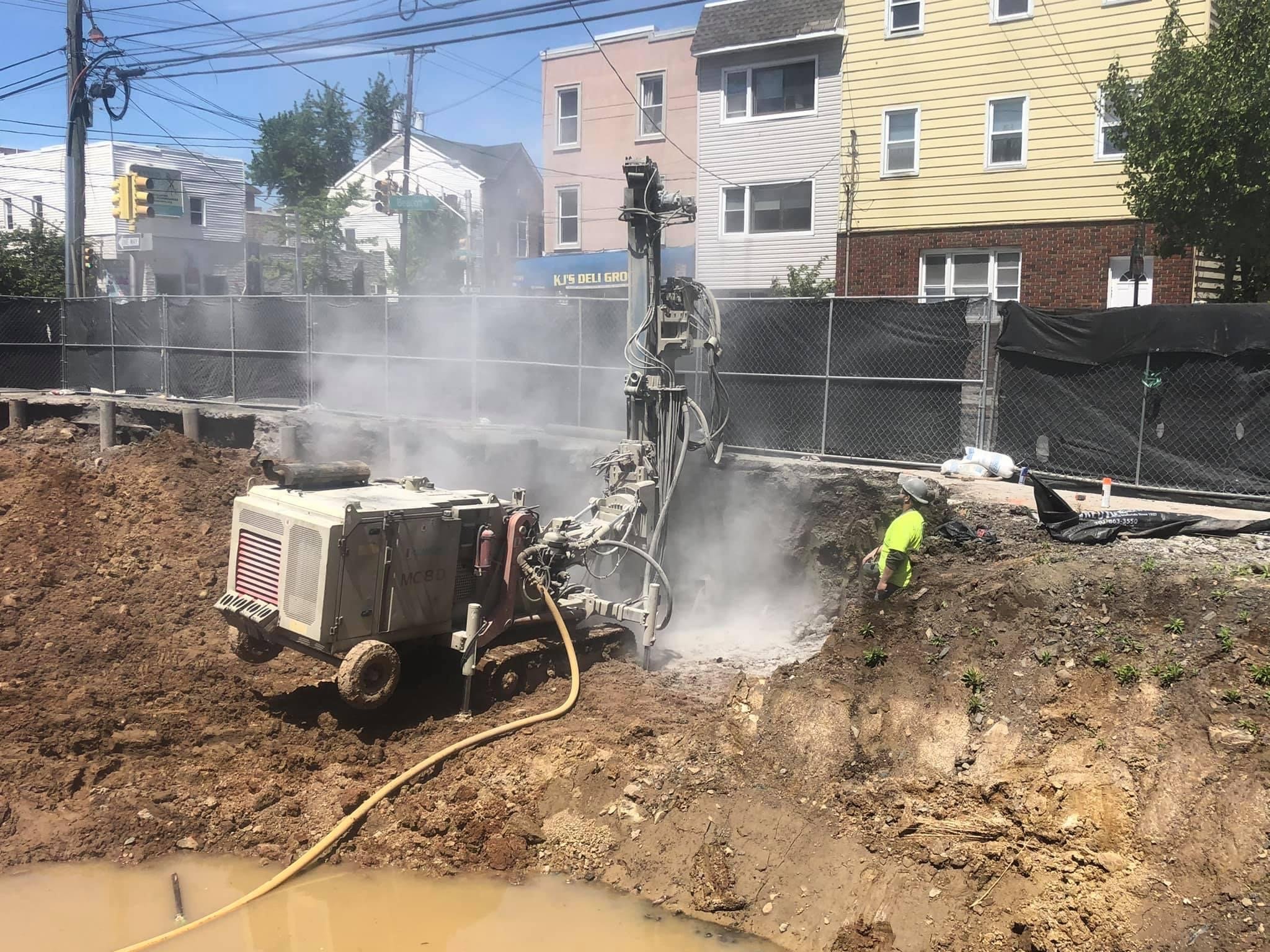Micro Piles for Construction: What Are They and Why Use Them?
Micro piles are a foundation system that is growing in popularity for construction projects. They offer many benefits over traditional foundation systems and can be used for many different types of projects. In this blog post, we will discuss what micro piles are, how they work, and why you should consider using them on your next construction project!
What are micro-piles and what are they used for?
Minipiles are small diameter piles used to support structures in locations where it is not possible to use large diameter piles or where ground conditions would make large diameter piling impractical or too expensive. Minipiles can be installed in a wide range of ground conditions, from very soft soils to bedrock, and can be used to support a variety of loads. Minipiles are often used to support:
Minipile Installation
- Buildings
- Bridge abutments
- Retaining walls
- Offshore platforms
- Wind turbines
Mini-piles are typically made from steel or concrete, and can be either drilled or driven into the ground. Minipiles can be installed using a variety of methods, including:
- Drilling
- Augering
- Jetting
- Pushing
The choice of installation method is typically dependent on the ground conditions and the load that the minipile needs to support. Minipiles are a versatile and cost-effective solution for a wide range of piling applications.
Minipiles are small diameter piles used to support structures where sites have shallow cover over bedrock, poor soils, or other unsuitable foundation conditions. Minipiles are also sometimes used to resist uplift forces in areas where the water table is high. Minipiles can be constructed using a variety of methods and materials, including steel, concrete, and timber.
The most common type of minipile is the steel pipe pile, which is driven into the ground using a hydraulic hammer. Minipiles can also be drilled and grouted in place. Minipiles are typically used to support light to moderate loads, and are not suitable for very large or heavy structures. Minipiles are an efficient and cost-effective way to improve the bearing capacity of poor foundation soils and to resist uplift forces. Minipiles can be installed quickly and with minimal disruption to adjacent buildings or infrastructure.
How do micropiles work, and how effective are they compared to other types of foundations?
Micro-piles, also known as pin piles or minipiles, are small diameter, slender foundation elements that are used to support loads in areas where traditional foundation methods are not possible or practical. Micro-piles are typically made of steel, but can also be made of concrete, grouted into place within a borehole.
They are an effective means of providing support for structures in a wide range of soil and rock conditions. In general, micropiles are more expensive than other types of foundations, but they offer several advantages, including the ability to be installed quickly and with minimal disruption. In addition, micropiles can be load-tested prior to installation to verify their capacity.
As a result, they are often the foundation of choice for critical infrastructure projects.
What factors should be considered when choosing a micropile foundation for a project?
There are a number of factors that need to be considered when choosing a micropile foundation for a project. The first is the load-bearing capacity of the soil. This will determine how deep the piles need to be placed in order to support the loads placed on them. The second is the level of ground water. Piles placed in areas with high groundwater levels will need to be able to resist hydrostatic pressure. The third factor is the type of rock or soil the piles will be driven into. This will affect both the installation process and the long-term performance of the foundation. Finally, it is important to consider the climate and weather conditions in the area where the foundations will be installed. This will ensure that the foundations are able to resist any thermal or moisture-related expansion or contraction.
Are there any potential risks or drawbacks associated with using micropiles for foundations?
While micropiles are an effective way to support a structure, there are some potential risks and drawbacks associated with their use. For example, if the micropiles are not installed correctly, they can fail and lead to the collapse of the structure. Additionally, micropiles can be damaged by corrosion and wear over time, which can reduce their effectiveness. As a result, it is important to carefully consider the potential risks and drawbacks of using micropiles before deciding if they are the best option for your project.
How much does it cost to install a micropile foundation, and who should be responsible for the installation process?
The cost of installing a micropile foundation will vary depending on several factors, including the type of micropile being used, the depth of the piles, the size of the project, and the location. Generally, mini pile foundations cost will be determined by the engineering company's design.
The mini pile contractor should be responsible for the installation process. The micropile contractor should have a thorough understanding of the installation process, as well as the equipment and materials required. They should also be experienced in working with mini piles and be able to provide a detailed quote for the project. In addition, the mini pile contractor should be able to provide references from previous clients who can attest to their quality of work.
Micropile Conclusion
If you’re in need of a foundation for your next construction project and want to explore your options, micro piles might be the way to go. They’re cost-effective, relatively easy to install, and can handle loads that would otherwise damage or destroy a traditional foundation.
Give us a call today and let us quote your job – we think you’ll be pleasantly surprised at how affordable this innovative solution can be.
Never settle!



